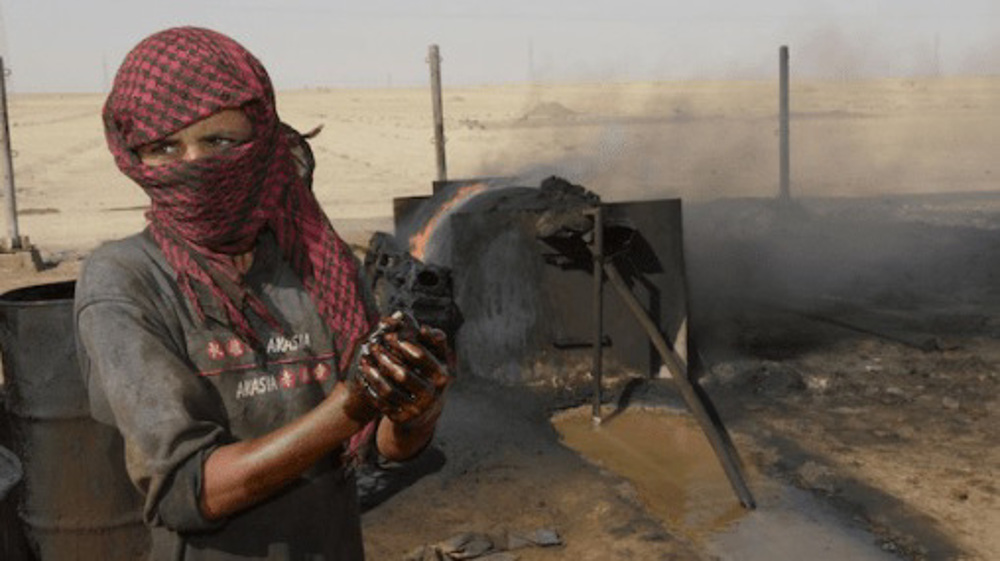Cuba’s economic transition
When Fidel Castro passed away at the age of 90, he left behind an island based on a command economy under socialist rule, but with a difference: the island had just opened up to the US, who unlike the public perception, had just eased its decades-long embargo, not lifted it completely.
Add to that Raul Castro’s reform process, the tiny island nation was on its way to tremendous economic growth.
There was a perception that Raul Castro was to completely transform the economy to a free market system and abandon the economic applications under socialist rule, like free healthcare, education, and government assistance. But that is not what Raul Castro had in mind.
Another example: Cuba would not abandon a dual-track system of property ownership.
According to the official Cuban government statement, the changes included “the implementation of some limited political reforms such as a change to the migratory law ending regulations on travelling abroad in 2013, a slow process of decentralization and the adoption of term and age limits for party and government officials by 2018.”
Finally, Raul Castro had made sure that the US understands that Cuba would always pursue its resistance against US’s ideological imperialistic tendencies.
Iran reaffirms support for Lebanon, resistance amid Hezbollah leaders’ funeral
Spain, Norway condemn Trump’s scheme to expel Palestinians from Gaza
Syrians call for liberation of Golan Heights, resisting further Israeli land grabs
US B-52 bombers in West Asia do not scare Iran
‘Bad day for enemies of resistance’: Netizens laud unity, resilience at Nasrallah’s funeral
Hamas slams Israel’s ‘flimsy’ excuses for delaying abductees’ release
A sea of people converge in Beirut for funeral of martyred Hezbollah leaders
‘We remain true to our pledge’: President Pezeshkian pays tribute to Hezbollah heroes









 This makes it easy to access the Press TV website
This makes it easy to access the Press TV website